Published on 25 August 2023
Reading time: 4 min.
Sculpture and engraving have a significant place in the art and culture of The Islands of Tahiti. They are closely linked to the Polynesian identity and tradition. During your visit, you’ll be able to learn about the significance of these objects and the meanings of the designs etched into them.
In The Islands of Tahiti, sculpture was the work of master sculptors. They carved wood, stone or bone to create complex works of art, and were also responsible for making tools and weapons. To create jewelry, they used a wide range of materials, such as mother-of-pearl nacre, pigs teeth and sharks teeth. The two arts, engraving and sculpture, are also practiced on the flowered stone. This volcanic rock, also called “Garnet Phonolite”, is very rare. It is found only in Ua Pou in the Marquesas Islands, Brazil, Ethiopia and the Massif Central. The engravings usually represent images and designs that make reference to legends from Polynesian mythology or cultural symbols. The possession of certain sculptures was once a sign of a person’s social status and occupation. They were also used as instruments and as symbols in religious ceremonies .
A long artistic tradition
The most famous artist connected with The Islands of Tahiti is undoubtedly, Paul Gauguin. But centuries before the French genius came to Polynesia, Marquesans and Tahitians had been producing magnificent works of art, in the form of sculptures and engravings in stone, bone, wood and seashells. These skills have been passed down from generation to generation, and today’s artists exhibit their creations in markets, galeries and cultural centers throughout French Polynesia.



These works of art are a window into the age-old traditional culture of The Islands of Tahiti. Small, decorative objects, such as jewelry, engraved seashells or coconut shells are wonderful souvenirs or gifts to take home, as is a magnificent umete, a long wooden bowl that would make a superb fruit bowl on your dining room table. An endearing carved tiki would be at home on your mantlepiece, or you can also buy small version to carry as a lucky charm on your keyring.
Sculpture and engraving through the ages
Master sculptors were also responsible for building the traditional Tahitian outrigger canoes, or va’a. These boats were carved from a single, long tree trunk, with a shorter trunk or large branch carved to make the outrigger spar.

Today, the transmission of these ancestral arts is guaranteed by the Centre des Métiers d’Arts (Arts and Crafts Guild). Craftsmen and women pass on their skills in a range of disciplines, such as sculpture, painting and engraving. It is a school where the young generation learns the techniques and skills of traditional Tahitian arts and crafts. Polynesians are very proud of this ancestral culture and are delighted to share it with visitors. Cultural activities will make your vacation in our islands a more authentic experience.
Thematics
Did you find this content useful?
Thank you
Thank you for taking the time to let us know that you found this content useful. Your encouragement is important to us, and your feedback helps us to improve.
Thank you
Thank you for taking the time to let us know that this content was not useful to you. We apologise for any inconvenience.
This form is currently unavailable.
Share this content
Share this content
You might also like
- Culture
- Discovery experience
- Fakarava Island
- Family
- Hiva Oa Island
All UNESCO World Heritage Sites
Published on 04 Dec 2024
Reading time: 5 min.
- Culture
The Islands of Tahiti, birthplace of the tattoo
Published on 01 Feb 2024
Reading time: 4 min.
- Culture
- Discovery experience
- Hiva Oa Island
- Marquesas Islands
- Nature
The Tiki of Taaoa and the Upeke Archeological Site
Published on 09 Sep 2023
Reading time: 4 min.

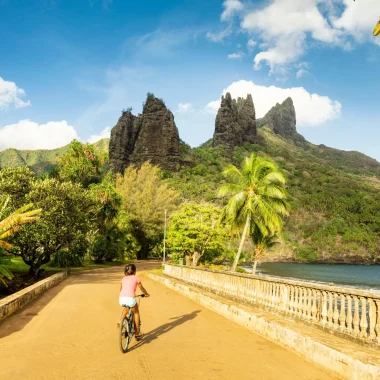
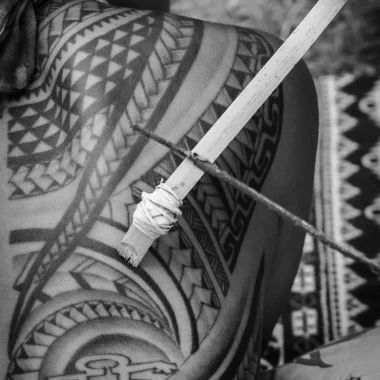
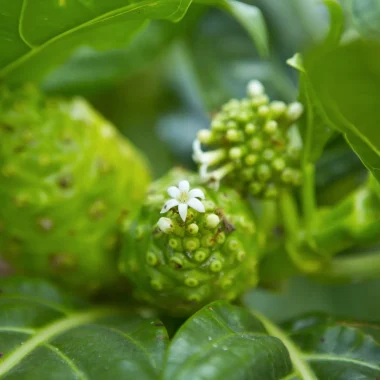

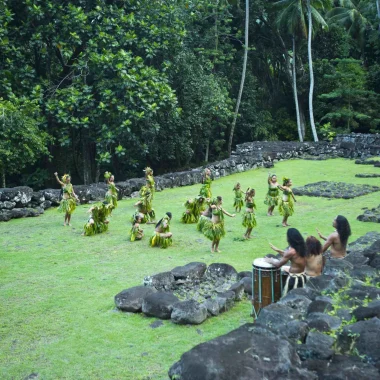
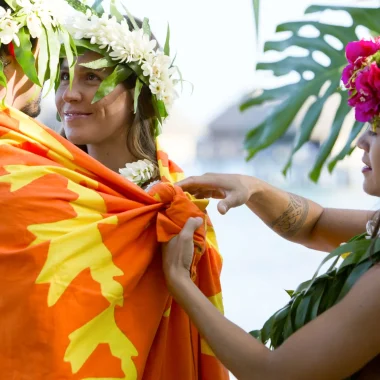
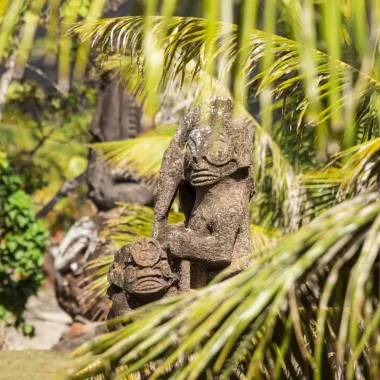

 Australia
Australia
 Belgique
Belgique
 Brasil
Brasil
 Canada (EN)
Canada (EN)
 Canada (FR)
Canada (FR)
 Chile
Chile
 Deutschland
Deutschland
 España
España
 France
France
 Italia
Italia
 Mexico
Mexico
 Polynésie française
Polynésie française
 New Zealand
New Zealand
 Schweizerisch (DE)
Schweizerisch (DE)
 Suisse (FR)
Suisse (FR)
 United Kingdom
United Kingdom
 United States
United States
 한국
한국
 中国
中国
 日本
日本